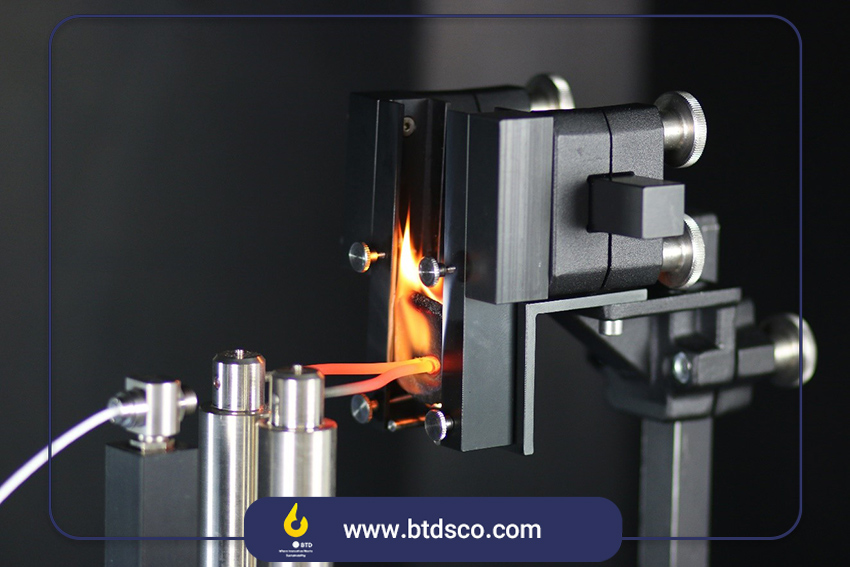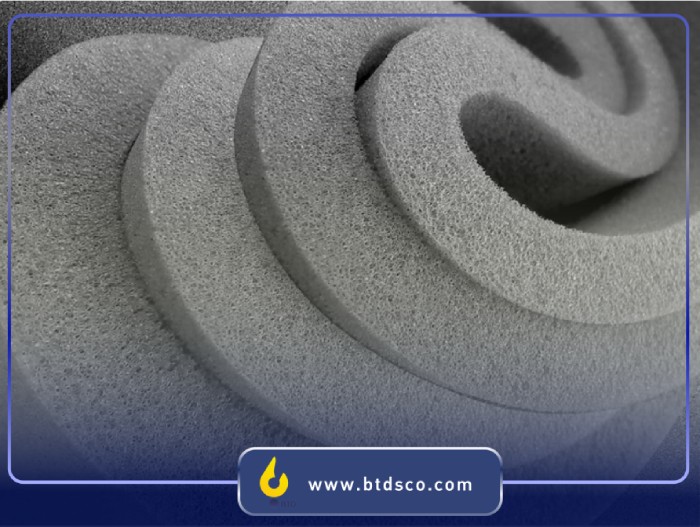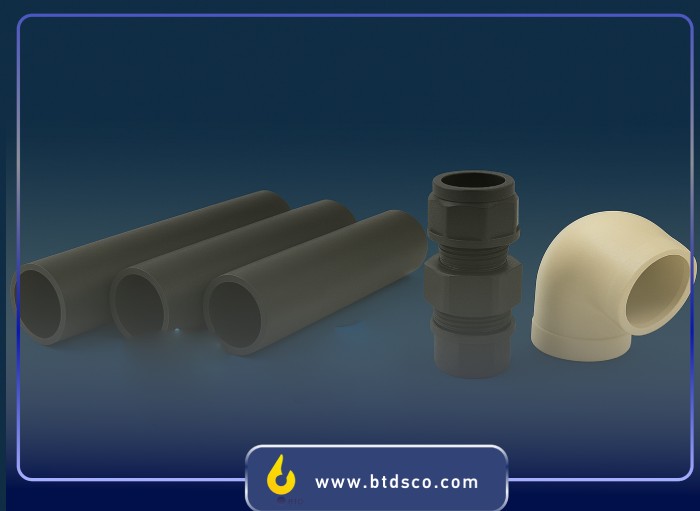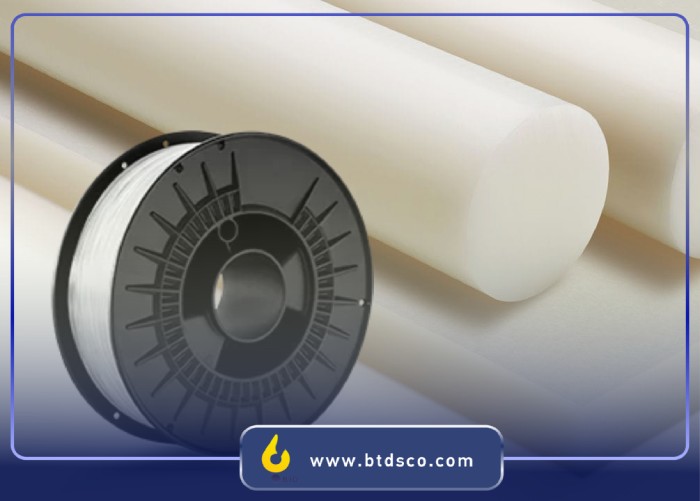Types of Rigid Foam: A Comprehensive Guide
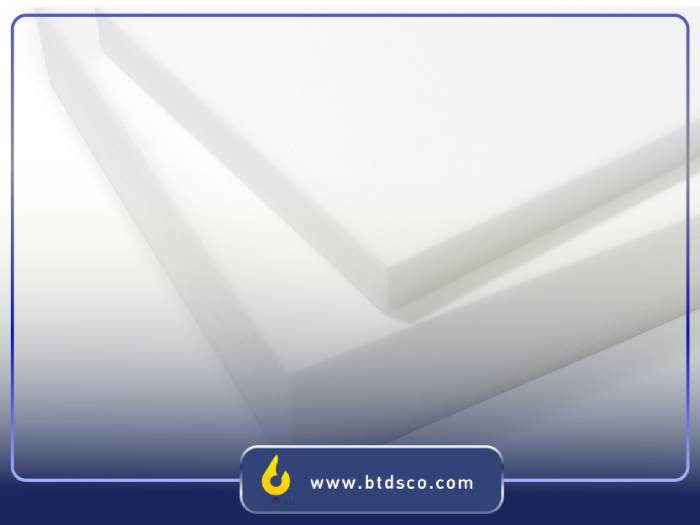
Rigid foam is a versatile material widely used in industries such as construction, packaging, automotive, and insulation due to its lightweight, durable, and insulating properties. Available in various types, each with unique characteristics, rigid foam meets diverse application needs. This blog post explores the different types of rigid foam, their properties, applications, and key considerations. Whether you're a professional in the industry or simply curious, this guide provides valuable insights into the world of rigid foam, delving deeper into how these materials are engineered, their historical evolution, and emerging innovations that are shaping future uses.
What is Rigid Foam?
Rigid foam represents a cornerstone in modern material science, characterized by its closed-cell structure that imparts exceptional strength, lightness, and resistance to environmental stressors like moisture and chemicals. Developed primarily in the mid-20th century as an advancement over earlier insulation materials, rigid foam has evolved from simple polystyrene beads to sophisticated composites that integrate polymers like polyurethane and polyisocyanurate. This structure, where gas is trapped within sealed cells, prevents the foam from compressing easily, distinguishing it sharply from flexible foams that rely on open cells for elasticity and are commonly found in everyday items like sofa cushions or memory foam mattresses.
In practical terms, this rigidity allows rigid foam to serve as a structural element in buildings or vehicles, where it must withstand loads without deforming, while also acting as a barrier against heat transfer in energy-efficient designs. Furthermore, the manufacturing process involves precise chemical reactions—such as the polymerization of isocyanates and polyols for polyurethane foams—that can be tailored to enhance specific traits like flame retardancy or UV stability, making rigid foam adaptable to global standards in safety and sustainability. As industries push for greener alternatives, recent formulations incorporate bio-based polyols derived from plant oils, reducing reliance on petroleum and aligning with circular economy principles.
Key Characteristics of Rigid Foam
Rigid foams are prized for their multifaceted properties that bridge the gap between performance and practicality, enabling widespread adoption across demanding sectors. These characteristics not only stem from their molecular composition but also from innovative processing techniques that optimize density, cell uniformity, and additive integration.
High Strength-to-Weight Ratio
One of the most compelling attributes of rigid foam is its impressive strength-to-weight ratio, which allows it to deliver robust structural support while minimizing overall mass—a critical factor in weight-sensitive applications like aerospace and automotive design. For instance, in aircraft construction, rigid foams can replace heavier metals in non-load-bearing panels, potentially cutting fuel consumption by up to 20% according to studies from the Federal Aviation Administration.
This ratio is achieved through the foam's cellular architecture, where thin polymer walls enclose insulating gas pockets, providing tensile and compressive strength comparable to wood or aluminum at a fraction of the weight. Engineers often select foams with densities ranging from 16 to 48 kg/m³ to balance these properties, ensuring that components like car bumpers or drone frames remain agile without sacrificing integrity. Moreover, ongoing research into nano-reinforcements, such as carbon nanotubes embedded in polyurethane matrices, promises even higher ratios, potentially revolutionizing electric vehicle battery enclosures by enhancing crash resistance while keeping payloads light.
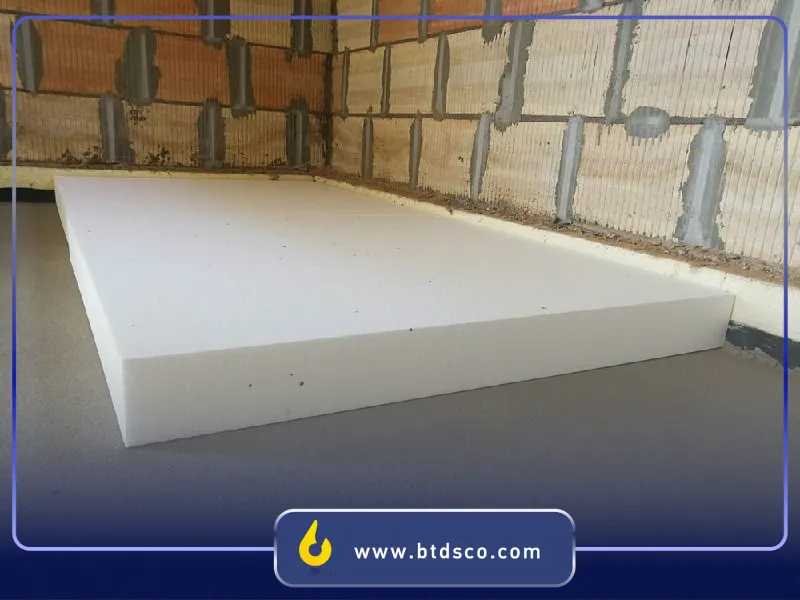
Thermal Insulation
The thermal insulation prowess of rigid foam arises from its closed-cell design, which effectively traps air or other low-conductivity gases, creating a formidable barrier against heat flow and earning it an R-value that rivals traditional materials like fiberglass.
In building applications, this translates to energy savings of 30-50% on heating and cooling, as evidenced by U.S. Department of Energy reports on insulated concrete forms filled with polyurethane foam. The R-value, a measure of thermal resistance per inch of thickness, typically ranges from 3.5 to 7 depending on the foam type and blowing agent used—hydrofluoroolefins (HFOs) are increasingly favored over older hydrochlorofluorocarbons (HCFCs) for their lower global warming potential.
This insulation extends to cryogenic uses, where foams maintain sub-zero temperatures in LNG tanks, preventing boil-off losses that could cost millions in industrial settings. As climate regulations tighten, manufacturers are innovating with phase-change materials integrated into foam cells, allowing dynamic thermal regulation that adapts to fluctuating environmental conditions for smarter, more efficient structures.
Moisture Resistance
Moisture resistance is a hallmark of rigid foam, primarily due to its hydrophobic closed cells that repel water ingress, ensuring longevity in damp environments where other materials might degrade or foster mold growth. In below-grade foundation insulation, for example, extruded polystyrene (XPS) foams absorb less than 0.3% water by volume even after prolonged submersion, outperforming open-cell alternatives that can swell and lose efficacy. This property is enhanced by surface treatments like silane coatings or the inherent chemical inertness of polystyrene, making it ideal for coastal constructions or swimming pool linings. Quantitatively, ASTM standards test this via immersion protocols, confirming that rigid foams maintain over 95% of their compressive strength post-exposure, a vital metric for infrastructure resilience. With rising sea levels and extreme weather, this resistance is increasingly vital; bio-engineered variants using mycelium-infused polyethylene are emerging to offer biodegradable options without compromising water repellency, thus addressing both performance and ecological demands.
Chemical Stability
Chemical stability in rigid foams ensures they endure exposure to aggressive substances like solvents, oils, and acids, preserving structural integrity in industrial harshness and extending service life beyond a decade in many cases. Polypropylene-based rigid foams, for instance, resist corrosion in chemical processing plants, where they line storage tanks without leaching contaminants into sensitive fluids. This stability derives from cross-linked polymer chains that resist hydrolysis and oxidation, often augmented by antioxidants or UV stabilizers during extrusion. In automotive contexts, this means fuel lines insulated with polyethylene foam won't degrade from biodiesel blends, complying with SAE standards for material endurance. As chemical industries evolve toward greener solvents, foams are being reformulated with fluoropolymer additives to handle bio-solvents, minimizing downtime and maintenance costs while supporting sustainable manufacturing cycles.
Types of Rigid Foam
The diversity of rigid foam types reflects decades of material innovation, each engineered for niche demands through variations in polymer base, density, and additives. From cost-effective polystyrene for everyday packaging to high-performance polyisocyanurate for fire-prone zones, these foams are selected based on rigorous testing against ISO and ASTM benchmarks, ensuring reliability in real-world scenarios.
Polyurethane Foam (PU)
Polyurethane rigid foam stands out as a workhorse material, celebrated for its superior thermal insulation and adaptability that stems from a reaction between polyols and isocyanates, allowing customization for densities from 24 to 96 kg/m³. This versatility enables forms like spray-applied for seamless wall cavities or rigid boards for prefabricated panels, with R-values of 5-7 per inch making it a staple in energy retrofits. Durability is amplified by its low thermal expansion coefficient, preventing cracks in fluctuating temperatures, while lightweight nature—often under 2 lbs per cubic foot—facilitates easy handling on job sites. In refrigeration, PU's ability to bond with metals reduces thermal bridging, enhancing efficiency in walk-in coolers by up to 15%. As sustainability drives adoption, water-blown PU variants eliminate ozone-depleting agents, aligning with EPA guidelines and paving the way for carbon-neutral production.
Polystyrene Foam (PS)
Polystyrene rigid foam encompasses expanded (EPS) and extruded (XPS) variants, each leveraging styrene monomer polymerization for cost-effective, high-volume production that dominates global insulation markets. EPS's beaded structure, formed by steam expansion of polystyrene beads, yields a lightweight product ideal for molding complex shapes, with thermal conductivities around 0.035 W/m·K suiting non-structural uses. Conversely, XPS's continuous extrusion process creates a uniform, closed-cell matrix with superior compressive strengths exceeding 25 psi, perfect for load-bearing applications like roadway sub-bases. Shaping ease in EPS supports creative packaging designs that minimize material use, while XPS's smoother finish aids in aesthetic roofing integrations. Environmental strides include recycled-content EPS, reclaiming 30% of post-consumer waste to curb landfill contributions.
Expanded Polystyrene (EPS)
Expanded polystyrene (EPS) excels in lightweight applications due to its pearl-like beads that expand to 40 times their volume, offering economic insulation at densities as low as 15 kg/m³ without sacrificing formability. This beaded architecture, while slightly less moisture-resistant than XPS, provides ample cushioning for fragile goods, absorbing shocks equivalent to 50g accelerations in transit tests. Cost-effectiveness arises from simple manufacturing—pre-foaming beads then molding under steam—enabling scalability for billions of annual units in consumer packaging. In construction, EPS blocks interlock like Lego for insulated forms, speeding pours by 50% and cutting labor costs. Innovations like graphite-infused EPS boost R-values by 20%, extending its viability in stringent energy codes.
Extruded Polystyrene (XPS)
Extruded polystyrene (XPS) distinguishes itself with a dense, homogeneous structure from a melt-extrusion process, delivering higher compressive strength—up to 60 psi—and moisture resistance under 0.5% absorption, ideal for subterranean uses where hydrostatic pressures prevail. Its smooth, skin-like surface enhances adhesion in multi-layer assemblies, reducing delamination risks in green roofs that withstand wind uplift forces. Compared to EPS, XPS's uniformity minimizes thermal shorts, achieving R-values of 5 per inch consistently across batches. In roofing, XPS boards overlay membranes for added ballast, complying with FM Global standards for hail resistance. Recyclability efforts now include closed-loop systems, where factory scrap is re-extruded, lowering embodied carbon by 25%.
Polyisocyanurate Foam (PIR)
Polyisocyanurate rigid foam elevates polyurethane chemistry through trimerization of isocyanates, yielding a thermoset structure with inherent fire resistance and R-values soaring to 6-8 per inch, outpacing many peers in thermal performance. This high-temperature stability—up to 300°F without degradation—suits industrial ovens or solar panel backings, where flame retardants like halogen-free compounds ensure low smoke toxicity per UL 94 ratings. Rigidity is bolstered by a higher cross-link density, resisting creep under sustained loads in composite laminates. In commercial buildings, PIR facer laminates integrate vapor barriers, simplifying installs while meeting IECC energy mandates. Bio-based isocyanates from castor oil are emerging, slashing fossil fuel dependency and enhancing lifecycle assessments.
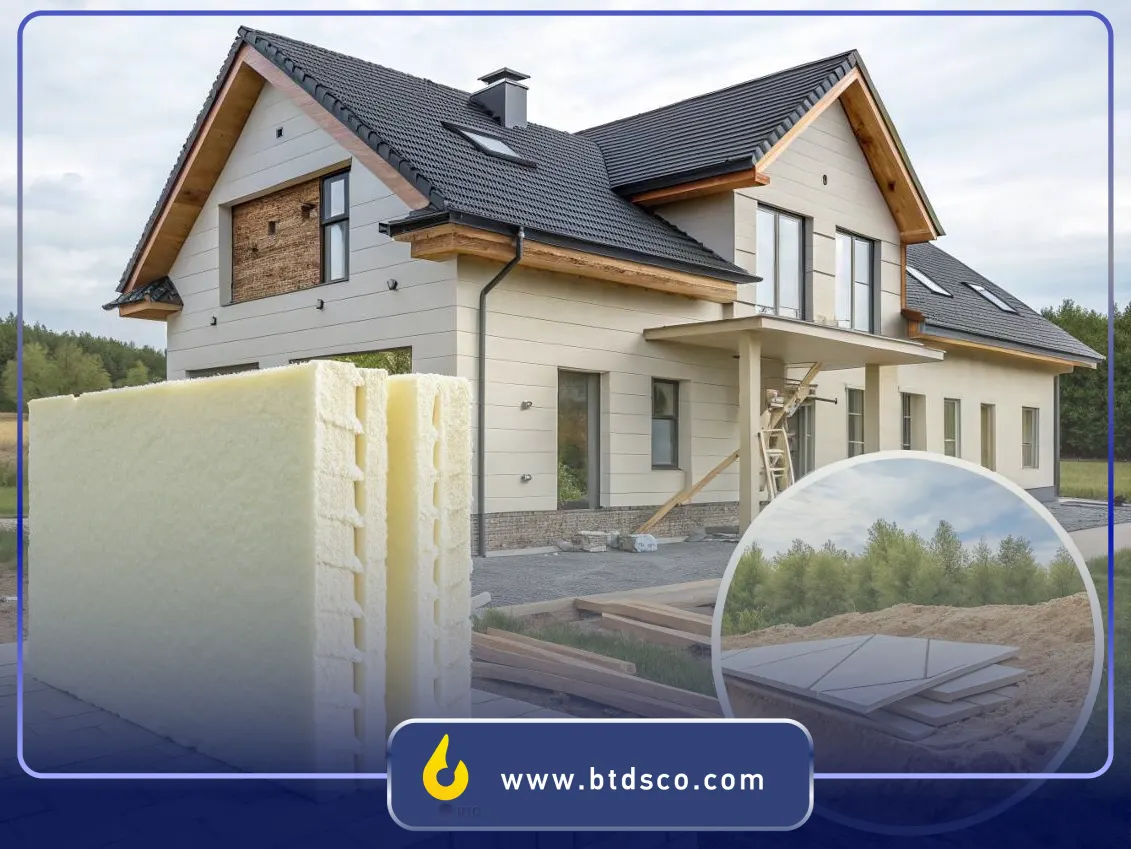
Phenolic Foam
Phenolic rigid foam derives from resole resins cured with acids, granting unparalleled fire resistance with charring that self-extinguishes, limiting flame spread to Class 0 per BS 476 and emitting under 5% smoke—crucial for life-safety in enclosed spaces. Its thermal insulation, at R-4.5 per inch, stems from phenolic's low conductivity, though brittleness necessitates careful handling to avoid friability during cuts. This trade-off is mitigated in composites with fiberglass veils for added toughness in ductwork. Marine applications leverage its corrosion resistance in saltwater, lining bulkheads without osmotic blistering. Low-toxicity formulations now use formaldehyde scavengers, addressing VOC concerns and broadening indoor air quality approvals.
Polyethylene Foam (PE)
Polyethylene rigid foam, cross-linked via irradiation or peroxides, blends rigidity with subtle flexibility, offering impact resistance that absorbs energies up to 100 J/cm² without fracturing—valuable for rugged protective casings. Chemical inertness against hydrocarbons makes it a go-to for oilfield pipe wraps, enduring -50°C to 80°C swings per API specs. Structural use in low-density forms (20-40 kg/m³) supports lightweight marine fenders that float and rebound. Electronics packaging benefits from static-dissipative grades, shielding against ESD per MIL-STD-883. Cross-linked PE's recyclability via pyrolysis recovers 90% monomers, fostering a closed-loop economy in automotive trim.
Applications of Rigid Foam Across Industries
Rigid foams permeate industries by solving multifaceted challenges, from energy conservation to shock mitigation, with formulations fine-tuned via finite element analysis for predictive performance in simulations.
Construction
In construction, rigid foams like polyurethane and polystyrene fortify envelopes against thermal leaks, with spray PU filling irregular voids to achieve airtight seals that slash infiltration by 70%, per ASHRAE simulations. Roofs benefit from PIR boards under membranes, extending lifespans by 15 years through UV and moisture deflection. Foundations employ XPS to insulate perimeters, curbing frost heave in cold climates and complying with IRC codes for R-10 minimums. Energy modeling tools like EnergyPlus quantify savings, often recouping costs in under five years via rebates. Prefab modular homes integrate foam cores in SIPs, accelerating builds by 40% while hitting net-zero targets.
Packaging
Packaging leverages EPS's conformability for custom inserts that cradle products in nested voids, reducing damage rates to below 1% in e-commerce logistics, as tracked by ISTA protocols. Void fill with cross-linked PE minimizes shifts during 10G drops, preserving integrity for high-value items like glassware. Sustainability shifts to molded pulp-EPS hybrids, cutting plastic use by 50% without efficacy loss. Global supply chains rely on foams' stackability, optimizing truckloads for 20% fuel savings. Antimicrobial additives now combat contamination in food transit, aligning with FDA hygiene standards.
Automotive and Aerospace
Automotive and aerospace harness polypropylene rigid foams for under-hood insulators that dampen noise by 10 dB while insulating against 150°C exhausts, boosting NVH scores per ISO 3744. In EVs, foams encase batteries for thermal runaway prevention, maintaining gradients under 5°C via intumescent expansions. Aerospace panels shave 15% weight from fuselages, per FAA certifications, enabling longer ranges. Crash structures use energy-absorbing PE to meet FMVSS 208 side impacts. Additive manufacturing integrates foams in hybrid molds, streamlining prototypes.
Refrigeration
Refrigeration systems depend on PIR and PU for cavity fills that sustain -20°C with <1% daily heat gain, optimizing COP in compressors per ARI standards. Cold chain logistics use EPS coolers for vaccine transport, holding 2-8°C for 72 hours. Industrial freezers layer XPS for floor insulation against melt-through. Smart foams with embedded sensors now monitor integrity, alerting to breaches via IoT. HFO-blown variants cut GWP to <1, supporting Montreal Protocol compliance.
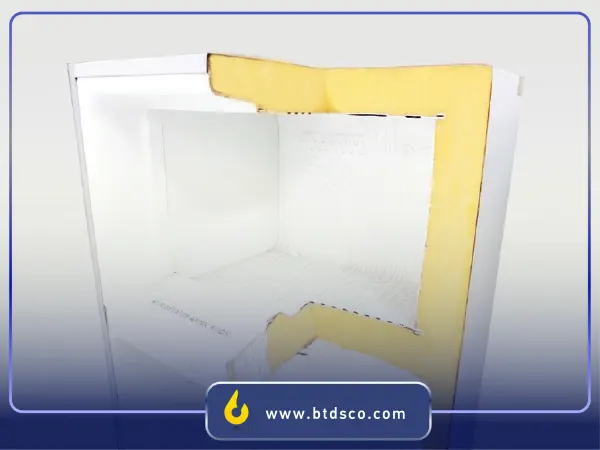
Safety and Environmental Considerations
Navigating safety and environmental facets of rigid foams requires holistic approaches, integrating PPE protocols with lifecycle analyses to mitigate risks and footprints.
Ventilation
Ventilation is paramount during polyurethane application, as isocyanate mists can irritate respiratory tracts; OSHA mandates 10 CFM/ft² exhaust to dilute VOCs below 0.02 ppm thresholds. Spray ops use full-face respirators with organic cartridges, preventing isocyanate-induced asthma documented in NIOSH studies. Post-cure off-gassing dissipates in 24-48 hours under fans, ensuring safe occupancy. Training modules emphasize wind direction for outdoor sprays, averting plume drift. Low-VOC catalysts now reduce emissions by 40%, easing compliance.
Recyclability
Recyclability varies, with EPS grinding into aggregate for 80% reuse in non-structural concrete, per ASTM C578 validations. PU's thermoset nature challenges mechanical recycling, but depolymerization recovers polyols for 70% yield. PE's thermoplastic ease allows pelletizing at 95% efficiency. EPR programs in Europe mandate 50% collection rates, funding infrastructure. Bio-foams from starch decompose 90% in compost, per EN 13432, shrinking landfilled waste.
Fire Safety
Fire safety hinges on ratings like PIR's Class A per ASTM E84, with intumescent chars blocking oxygen. Construction codes (IBC) require >25 flame spread indices, favoring phenolic over PS. Storage mandates segregation per NFPA 13 sprinklers. Testing via cone calorimetry gauges heat release <100 kW/m². Halogen-free retardants now match legacy performance without dioxin risks.
For businesses dealing with large-scale foam applications, regulatory compliance and safety standards may raise legal concerns. Seeking legal attorney consultation can help navigate contracts, safety regulations, or environmental compliance issues.
Conclusion
Rigid foams, encompassing polyurethane, polystyrene, polyisocyanurate, phenolic, and polyethylene variants, deliver a spectrum of properties that underpin innovations in construction, packaging, automotive, and beyond. By grasping their formulations, deployment strategies, and precautionary measures, stakeholders can harness these materials for resilient, efficient outcomes. For premium rigid foam solutions, including polypropylene compounds, and tailored expertise, explore Baspar Tosee Davam Shimi. Their expansive portfolio and consultative services empower projects toward peak performance and sustainability.
Frequently Asked Questions
1. What is the difference between rigid foam and flexible foam?
2. Which type of rigid foam is best for insulation?
Polyisocyanurate (PIR) and polyurethane (PU) foams are best for insulation due to their high R-values and thermal efficiency
3. Is rigid foam environmentally friendly?
Some rigid foams, like EPS, are recyclable, but others may have environmental impacts. Choosing eco-friendly or recyclable options can reduce the footprint
4. Can rigid foam be used outdoors?
Yes, foams like XPS and polyethylene are moisture-resistant and suitable for outdoor applications, such as insulation or packaging
5. How durable is rigid foam?
Rigid foams are highly durable, with resistance to moisture, chemicals, and compression, depending on the type and application
6. Are there fire-resistant rigid foams?
Phenolic and PIR foams are known for their fire resistance and low smoke emission, making them ideal for fire-sensitive environments.
Recent Articles
